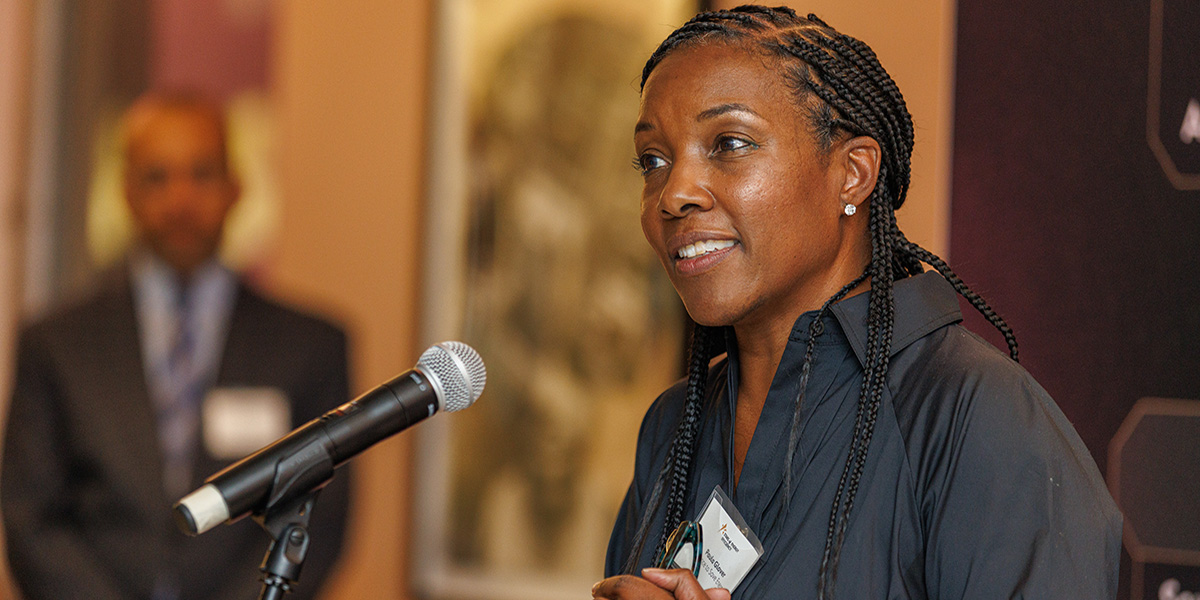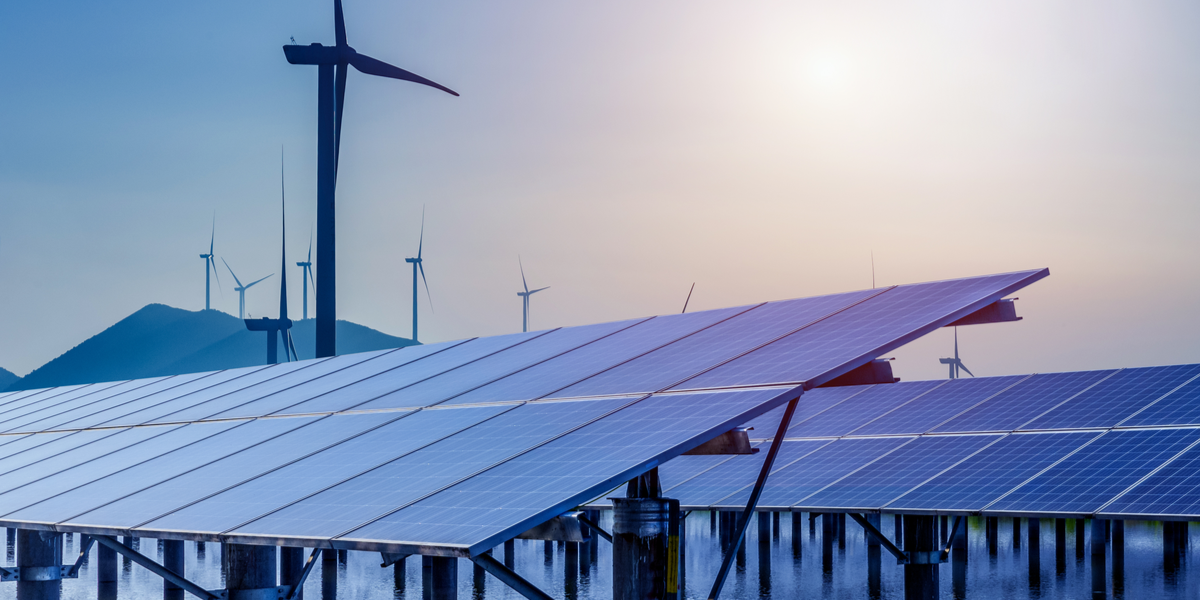Executive Dialogues - Innovative Technologies & Business Models - Day 2
Let's Save Energy
Alliance to Save Energy's Blog
Executive Dialogues - Innovative Technologies & Business Models - Day 2

Check out today's EE Global Forum highlights for the Innovative Technologies & Business Models executive dialogue sessions:
- 3C | Intelligent efficiency: How can systems-level integration and intelligence reduce building energy consumption and operating costs?
Public policy and market-driven trends are increasingly influential in the way that energy consumption is managed in commercial and residential buildings. This executive dialogue, moderated by Clay Nesler, Vice President of Global Energy and Sustainability at Johnson Controls, introduced the concept of “intelligent systems” within the energy efficiency space as an opportunity for both the private sector as well as consumers. With nearly 30 percent of primary energy consumption worldwide coming from buildings, climate change mitigation must include strategies that improve upon efficiency within buildings, stated Srinivas Katipamula, Staff Scientist of Pacific Northwest National Laboratory.
According to Neal Elliott, Associate Director for Research at the American Council for an Energy-Efficient Economy, “Intelligent systems are less a new technology than a recognition of a structural change within the market.” With the advent of big data and the ability to manage trends in energy use and consumption, a systems-integrated approach has created a technological disruption which allows for devices to be monitored and for end-users’ consumption patterns to be analyzed.
- 4C | Utility of the future: How are emerging technologies transforming the utility industry?
Lockheed Martin’s Roger Flanagan led a wide-ranging panel discussion on the evolving future of the utility model, from its historical origin to its adoption of new technologies, and the possibilities that lie ahead. Southern Company’s Kenneth Shiver rooted the conversation in utilities’ historical purpose—to bring the reliable, affordable energy that has powered our modern lives. The success of this model was based on the ability to scale and the ability to provide everyone with the same vital service.
The current moment represents a fundamental shift from a one-size-fits-all model to one of individualized customers needs and two-way and de-centralized energy relationships. Opower’s Marisa Uchin explained how software solutions are enabling a customer-driven transformation, comparable to that of the telecommunications industry. Francisco C. de la Chesnaye of the Electric Power Research Institute foresaw energy savings through efficiency of about 488 terrawats by 2035—about 10% of our current energy use. The session attendees drove a conversation that explored the ways in which an interactive grid will serve as a platform for innovation, diversifying energy resources, and greater efficiency.
STAY EMPOWERED
Help the Alliance advocate for policies to use energy more efficiently – supporting job creation, reduced emissions, and lower costs. Contact your member of Congress.
Energy efficiency is smart, nonpartisan, and practical. So are we. Our strength comes from an unparalleled group of Alliance Associates working collaboratively under the Alliance umbrella to pave the way for energy efficiency gains.
The power of efficiency is in your hands. Supporting the Alliance means supporting a vision for using energy more productively to achieve economic growth, a cleaner environment, and greater energy security, affordability, and reliability.



